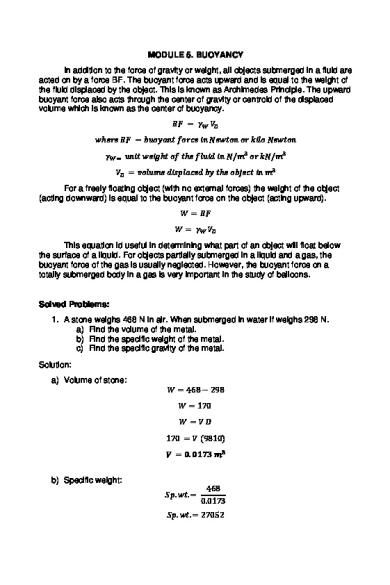
Pdfcoffee.com Module 5 Fluid Mechanics PDF Free
- Uploaded by: Ben Benben
- Size: 243 KB
- Type: PDF
- Words: 933
- Pages: 6

* The preview only shows a few pages of manuals at random. You can get the complete content by filling out the form below.

Ben Benben - 243 KB

hilmi primo3 - 131.2 KB

Clint Sabanal - 695.6 KB
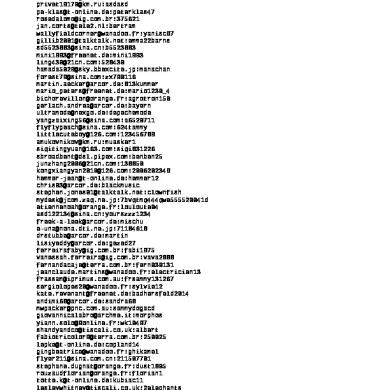
msinatorov - 7.8 MB
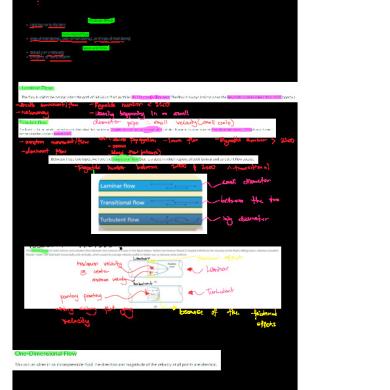
ghkotxcgjfjerr - 746.3 KB
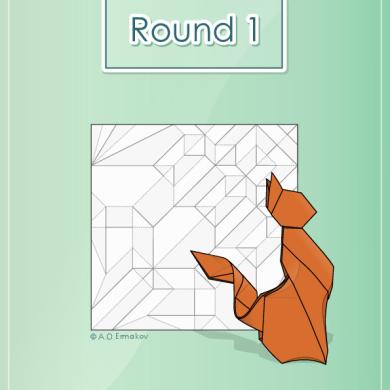
Tài Nguyễn - 619.5 KB

Susana Farias - 776.2 KB

AllanDhale - 314.4 KB
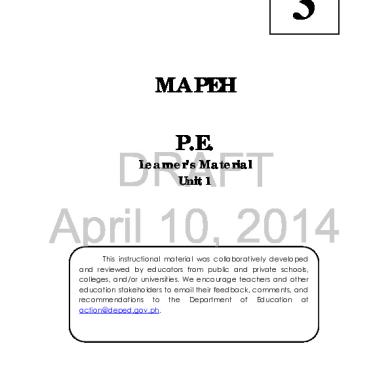
Judy Andal - 4.5 MB

Sharon Ca - 1009.1 KB

Luis Armando De La Cruz - 327.2 KB

- 226.1 KB
© 2025 VDOCS.RO. Our members: VDOCS.TIPS [GLOBAL] | VDOCS.CZ [CZ] | VDOCS.MX [ES] | VDOCS.PL [PL] | VDOCS.RO [RO]